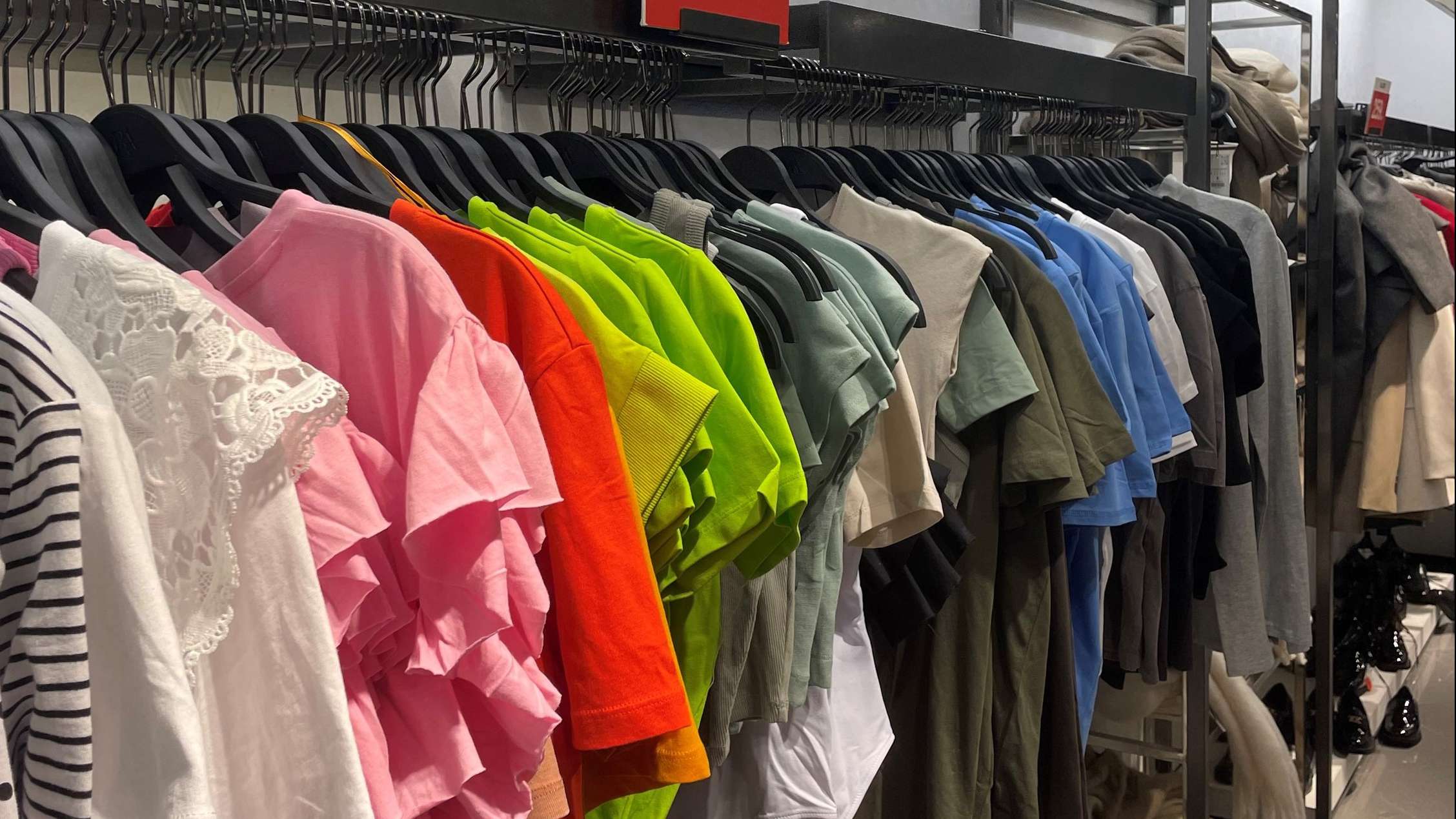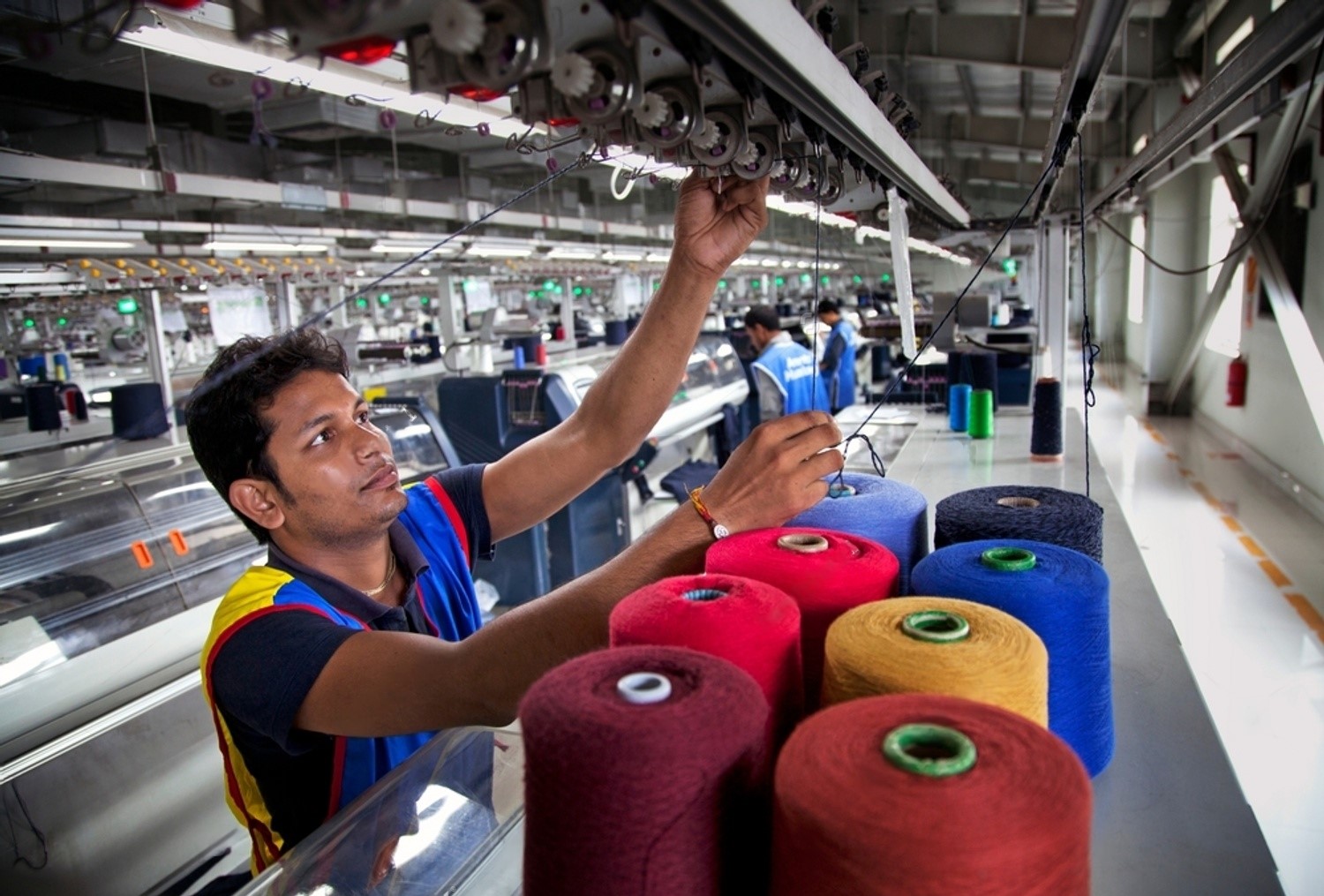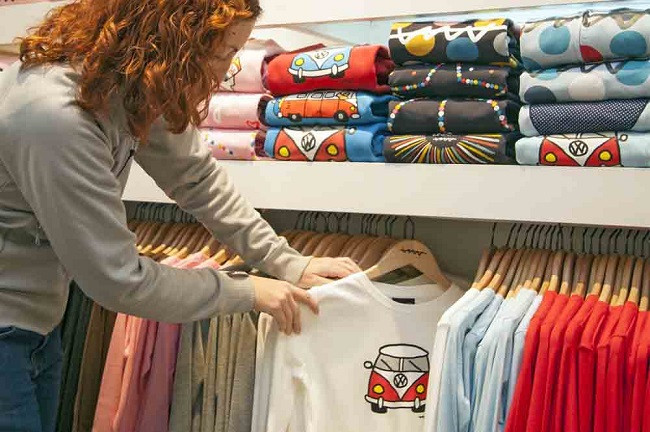Economic challenges shape 2025 fashion landscape
The global fashion industry enters 2025 facing significant challenges amid economic uncertainty, shifting consumer behaviors, and environmental pressures. A cyclical economic slowdown and recent high inflation have heightened consumer price sensitivity, while increased regional disparities and the rise of affordable ‘dupes’ add to industry unpredictability. A survey by Business of Fashion (BoF)–McKinsey reports that only 20 percent of fashion executives anticipate improved consumer sentiment this year, while 39 percent foresee worsening conditions.
Revenue growth for 2025 is projected to remain in low single digits, mirroring 2024's sluggish pace. Notably, non-luxury segments are expected to drive economic profit growth, a first since 2010, as the demand for accessible fashion options grows. Geographic revenue trends are also shifting, with Europe benefiting from falling inflation and tourism, the US buoyed by high-net-worth consumers, and Asia experiencing growth outside of China, as brands increasingly turn to Japan, Korea, and India.
New strategies for a value-driven consumer base
To adapt, fashion brands are recalibrating strategies by broadening price ranges, localizing models, and expanding resale and off-price channels. For brands aiming to sustain premium positioning, enhancing customer experience is crucial. As consumers return to physical stores, well-trained staff and a compelling in-store experience are increasingly important. Meanwhile, e-commerce faces disruptions due to falling demand, high acquisition costs, and the challenge of product discovery, driving brands to leverage AI-powered curation for better online shopping experiences.
Demographic shifts present further opportunities. While youth markets remain key, the over-50 ‘silver generation’ is gaining traction, representing a growing share of fashion spending. Challenger brands, especially in sportswear, are effectively capturing market share by innovating in product and consumer approach, unlike traditional incumbents.
Sustainable supply chains and environmental responsibility
Supply chain agility, driven by nearshoring and geopolitics, will be critical, with brands aiming to minimize inventory risks while adapting to environmental regulations. The climate crisis also remains a top concern; though some consumers hesitate to pay extra for sustainable products, regulatory pressures and long-term cost benefits keep sustainability at the forefront.
In this landscape, fashion leaders who swiftly identify and act on geographic, demographic, and technological opportunities will stand out. Success in 2025 will require a fresh playbookone focused on adaptability and forward-thinking solutions.













